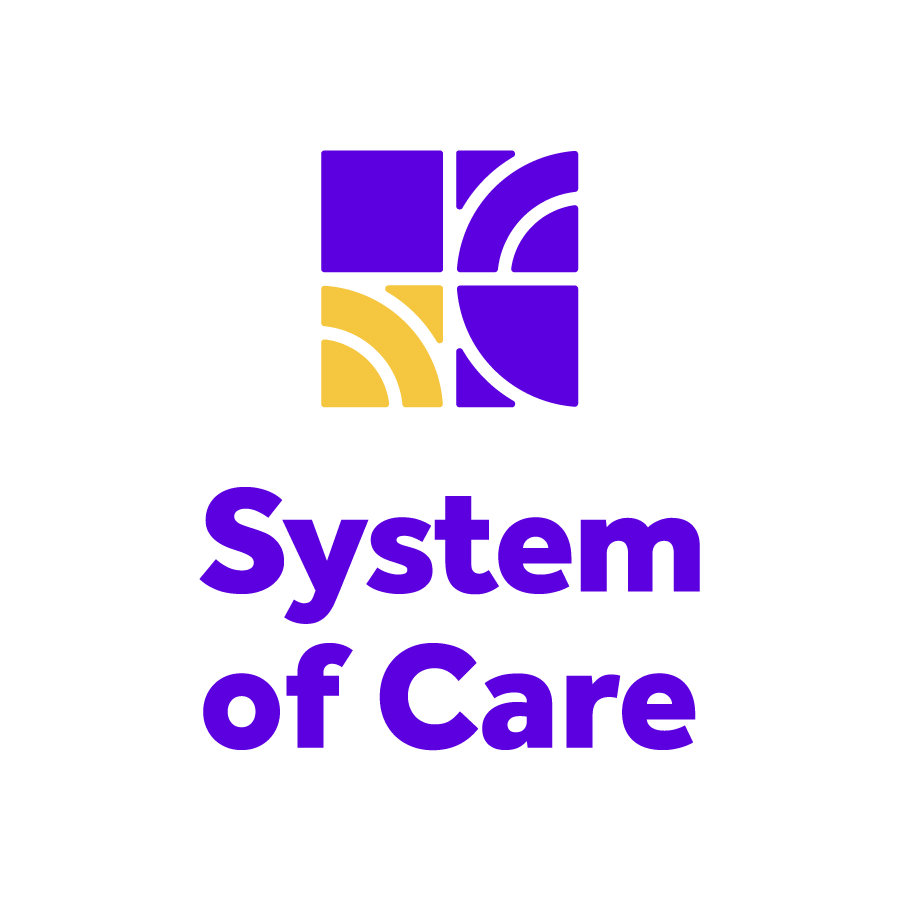Barrier Resolution Process
To report a barrier now click here.
What is a barrier?
Anyone can report a barrier. A barrier is anything that is getting in the way of youth and family success. Some examples of the types of barriers we receive are:
Access to services
Quality of services
Cultural and linguistic responsiveness of services
System of Care barrier resolution process
The focus of System of Care is the community barrier reporting process. When families, caregivers, or community partners experience a barrier they can submit it to the System of Care for resolution. This direct feedback allows us to address problems getting in the way of youth and family success. The barrier resolution process is supported by the work of three groups that prioritize which barriers to work on first, identify solutions, and implement solutions.
A description of the three groups follows:
Practice Level Workgroup (PLWG)—The Practice Level Workgroup reviews barriers received. They sort the barriers into common themes or issues and prioritize which issues to send up to the Advisory Committee for further assessment and analysis. The PLWG is comprised of youth, family, and agency representatives in supervisory roles.
Advisory Committee (AC)—The Advisory Committee receives issues from the PLWG and assesses how the current design of the system is creating the barrier and what needs to change to solve the barrier. They research best practices and identify solutions. There research and recommendations are then sent to the Executive Council for further action. The AC is comprised of youth, family, and agency representatives in managerial roles.
Executive Council (EC)—The Executive Council receives issue briefs from the Advisory Committee and identifies what resources are needed to implement the solutions identified by the AC. Attempts are made to solve issues locally with policy, design and funding changes. When an issue needs changes at the state level, the EC sends information to the State Level System of Care Advisory Council and other key stakeholders. The EC is made up of youth, family, and agency leadership who have authority to make funding and policy decisions for their agencies.
